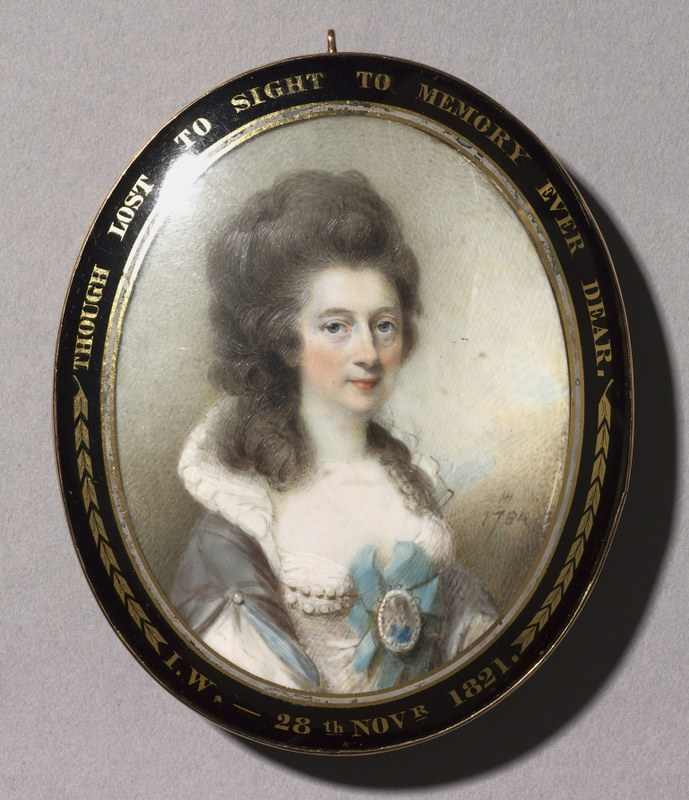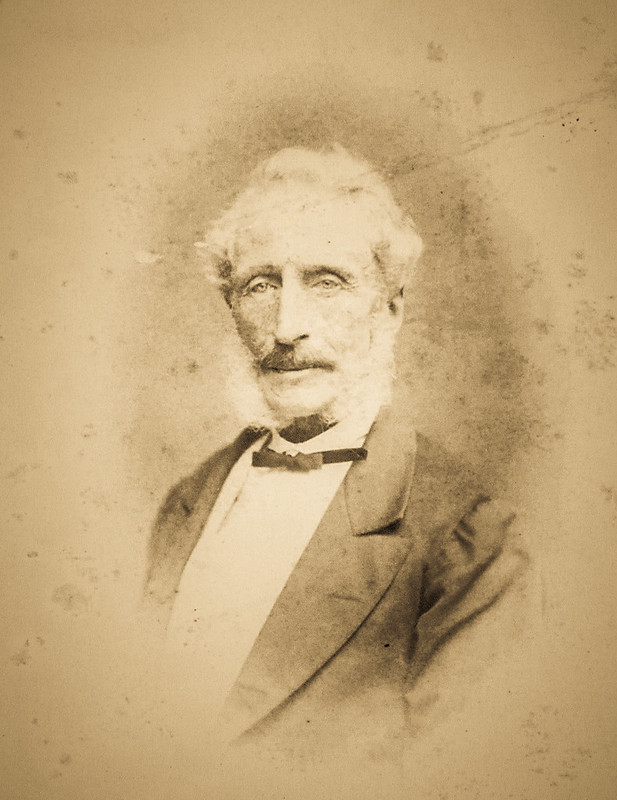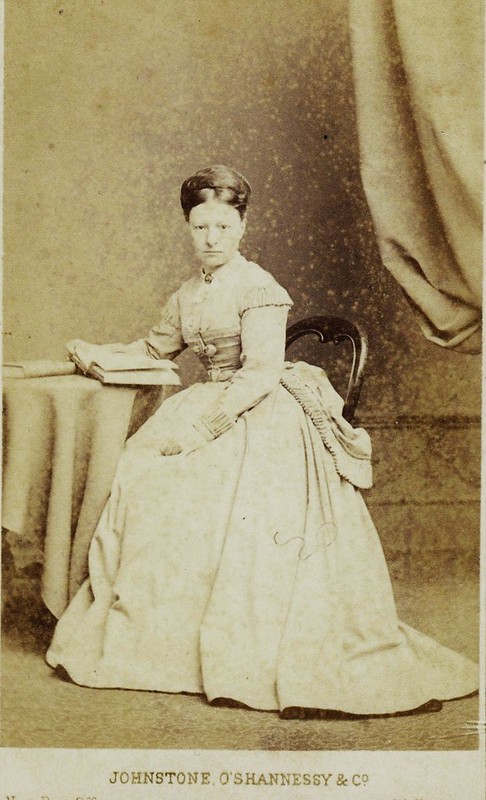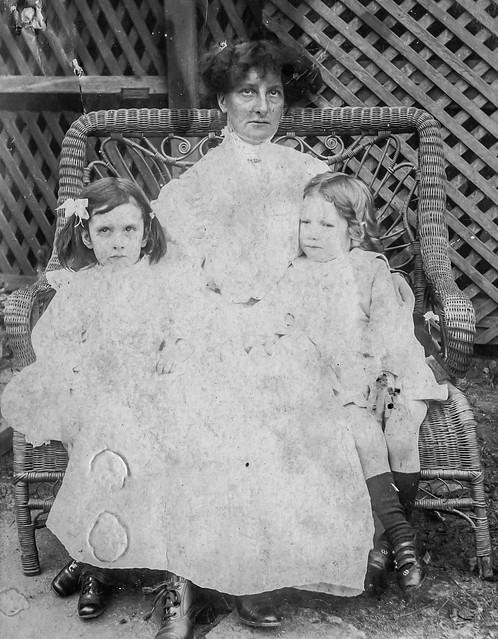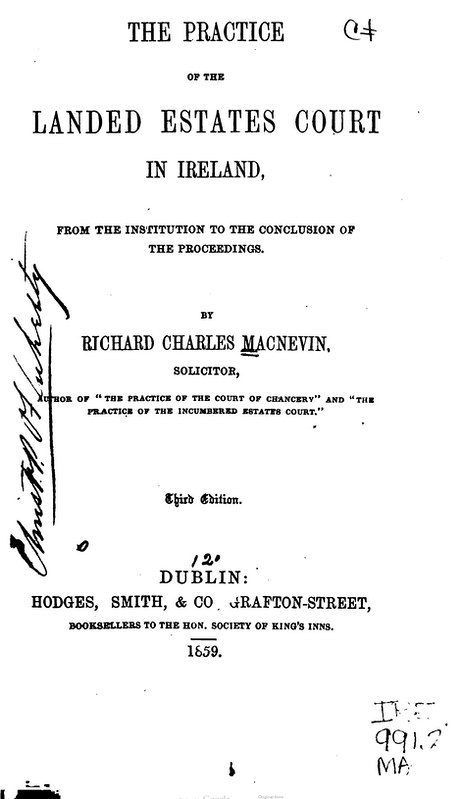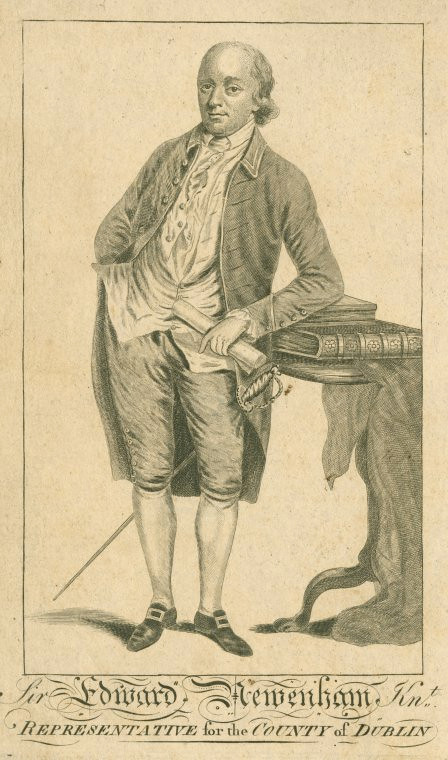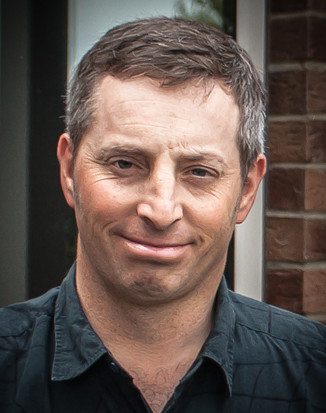I haven't posted a blog for a little while, I had been trying to understand something about myself.
Learning a culture, of a distant land that we were once a part of. The only thing that gives me any insight to culture, apart from talking to the Irish, is letters and family paperwork, that directly replicates, what history has told. But with culture, comes heartache of somesort to the Irish.
Part of below, can be viewed as a "controversial" post, on learning what culture is.
But the whole idea of this post, is to explain, my opinions and outcomes after learning both sides of the culture's and what I am part of.
Family documents, opinions from other people (word of mouth and documented paperwork) and what history has been documented, gives or teaches me about the culture of the Irish.
The only thing missing, is being there in person to experience what I have learned.
In all the years I've studied on my family lines, one part that I keep trying to find, is Culture.
Culture, is a missing component to the family stories.
Hoping culture can teach or help me "tell a story" on why things happened. And as I've found out, you have to see both sides of a story to learn "Culture" - regardless if it touches on stirring the pot. And Ireland carries "culture" with a heavy heart. You wouldn't extract a true culture or a true enough answer from someone without, poking or prodding the English/Irish debate or to do with the rebellions or like of.
And what has intrigued me after watching a video today of certain 1916 events, is that you can't have a civil conversation about it, without a certain degree of angst coming up. This is where you find real culture.
Dad's side has been here in Australia from 1842 onwards, Mum's around mid 1850's.
Majority of both sides, had just missed the full effects of the Famine - both from Famine and Disease, but also escaped the Governmental idealogies of how they dealt with the Famine afterwards.
(I am so glad they missed both sides of it) But Mum's side did have connections to the after effects with the Famine (the handling of the landed estates and absentee landlord issue).
This Irish "Culture" - appears on both my family lines in Ireland. Mum's direct Maternal Protestant lineage clashes with a Catholic family, who had indirect "Nationalistic" tendancies. Dad's side carries a surname of domination of the Irish with Strongbow and later times they swap sides to fight against the English, but also carries a very heavy genetic connection to the deep South West territory of Ireland. Genetics have allowed me to explore a much more native connection to South Western Ireland than once thought. I am of the opinion, that we are "Gaelicised Normans" to Limerick, with some degree of confidence.
Also, I am in belief, that Dad's Maternal line carries a very strong North Irish/Gallowglass linked lineage through his Co.Cork Gallagher line. It is messing my thoughts up with his direct ancient Paternal lineage to Cork City / Co.Cork / Limerick. As 2 plausible Gallowglass families (McDonald and Calhoun clans) sit very close to our very defined - direct Paternal line in Limerick around the Norman Invasion period. These clans intersect with the Collins/ODonovan's of Limerick.
But what I found most interesting and profounding on both sides, is that many traditions, values or idealogies, were never passed down through the generations, since they left Ireland. I have tried to extract thoughts through the family, but it seems we lost most of our Irish culture in today's world.
My Grandfather never really talked about our Irish roots, but his Sister did. In the 60's and 70's, Dad's family tried to trace our roots, but hit quite a few dead ends with our Fitzgerald line. But we did have a hit with Dad's Paternal Grandmother's "Hatch" line (possible Cromwellian Planter family) and a Cork native Irish Sheehan line. But because the Fitzgerald lineage info, was not found or nothing of interest beyond late 1700's- Early 1800's, this may have forced them in to giving up "looking" for them?
Learning about Mum's Maternal Persse line (based on reasearch from Lady Gregory), I decided to finally approach the 1916 events in Ireland - The Easter Rising.
Simply, because I didn't know anything about it, but part of me was also lost in "why" do I need to learn of this event. I had put this to the side, mainly because I had no direct family involvement in this cause. But I found out later, how messy 1916 was and how it directly had an effect in Australia.
Lady Gregory's life, her comments and other people's perception of what happened is quite contrasting. Gregory came from a Protestant life, but around the 1916 events, her mind was filled with a lot of thoughts on siding with the martyr's. This is one main reason that inspired me to learn "why would someone do that". What changed her views? Was it Culture?
As an example, my Maternal MacNevin line, it has an Catholic Irish man becoming a Judge/Coroner in the Sydney and he judged everyone, without prejudice - regardless if you were Catholic or a Protestant in his court.
I recently attended a Irish International Conference in Melbourne, a few months ago, based upon the "Australian Perspective" of the 1916 Easter Rising. I went into this conference, with a completely open and an unbiased mind. I wanted to learn the details of it, without prejudice.
Even though I knew a lot of what I was going to learn, was "way over my head", I did it for myself to learn that word again - culture. I wanted to put myself in both shoes to understand what drove both sides into the awful mess and what inspired Yeates to write (or finish off ) his "A Terrible Beauty is Born".
This 2 day conference, opened my eyes to a very messy and complex insurrection that had far wider implications, than just taking the GPO.
Half a world away, it deeply and directly affected Australia and it created an after-effect too.
It split the views of Australian's and the Irish Immigrants, with Empire's strangehold hold with WW1.
It created political division and 2 referendums within the confines of this Southern land.
Parliament asked it's population to vote on a decison, it couldn't answer for itself.
Australia's population back then, had a lot of Irish in it. Part of which was Catholic.
Melbourne Archbishop - Dr Mannix split the Irish community on terms and differences he had, on what he called a "Trade War" (WW1). The complexity of this whole era, was compounded when the Australian Irish Catholic community, was asked to vote on participation via conscription with The Empire in WW1.
Dr Mannix was a changed man after the 1916 executions and he asked the Catholic's to vote "no" to conscription, simply because "Australia came first and the Empire second".
(applies to the context with the English vs Irish debate).
There was also an "after effect" to the above happenings. In the 1916 conference, it was found that quite a percentage of Australian born children, to Irish Catholic parents (after 1880), became radicalised about the Republic in Ireland.
Seinn Feinism or the likes of, was apparent and radicalised men were inciting "republicanism" within Australia. Some of which were jailed and known as the "Darlinghurst Seven".
Looking back on what I had learnt, I didn't agree with the insurrection, neither did the "majority" of Ireland. But I do agree on upholding a forced debate on National identity. Whether it be a republic or home rule.
Australia is in a Home Rule situation, but a republic discussion has popped up from time to time, but has been squashed everytime of it's appearance.
The problem about the debate issue, is that the British nature of debating will almost win hands down. And why we have this contiunal lingering problem. If the Irish want to beat them, you will have to enter a debate on their soil, on their terms and nail every part of the debate - including on not "selling out". But with debates, the only way to win, is to comprimise, so it's a catch 22 which way you go.
Collins was out-debated, because of the "bloodshed that will ensue", if he didn't agree to the English.
I would argue, if he had the attributes of a top barrister or a law maker, the outcome would have been different, but would have had some sort of bloodshed.
If Daniel O'Connell hadn't of killed John D'Esterre, would things have been different? It changed his views on bloodshed vs political gain (but there again, O'Connell sold out to the Whigs later in his political life).
The greatest part of learning about the events of 1916, is how many innocent people were killed (reports of how many vary, but lets point in the direction of about 400).
Because of a "statement" that the insurrection had to make, it's voice came at the price of the innocent people. And what hurt the most, whether the British or Irish killed them, was the death's of the innocent, that they were brushed underneath the carpet, like as if they didn't care. It completely struck a chord with me.
Even though I haven't read "everything" of Lady Gregory's views, I drew a thought to atleast understand if atleast she mentioned or recognised the innocent deaths. She did list the deaths in her writings, but still was not made to be a prominent issue of the cause.
Regardless of what I had written above, the key to understanding both sides, is their culture's.
And I am glad that I had the opportunity to understand them and the 1916 Easter Rising.
Get some culture and learn from it.



